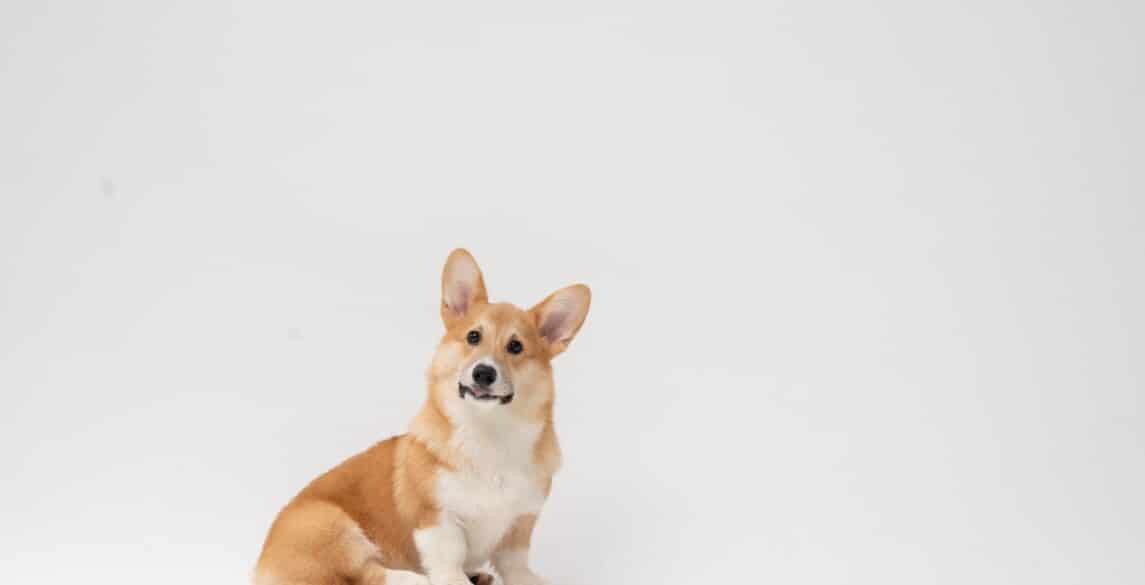Moving with an Anxious Dog? These Tips Can Help Ease Their Stress During Your Move
Moving is a big transition for anyone, including your furry friends. We break down some key tips to make the process easier on your dogs.

Moving can be a big change for everyone in your family – and man’s best friend is no exception. Preparing your dog(s) for the transition is critical, especially if they are prone to anxiety. One study shows that roughly 70% of dogs suffer from some form of anxiety.
It’s important to think through every aspect of the move process and how it’ll affect your dog. Having a plan for these details can ease your stress and theirs. Here are a few suggestions for what to do before, during and after your move to help your anxious dog handle the transition.
Helping an Anxious Dog Before Your Move
Studies have shown that dogs do pick up on our stress. Having a move plan in place that accounts for you and your dog will help you feel more confident, which will help them feel better about the pending move.
Here are several steps you can take before your move day to prepare your pup for the transition:
- Update their information: Your dog’s tags and microchip, if they have one, should be updated with your new address and your contact information. You should also have your dog’s vet records prepared to transfer to your new vet in case you’re moving to another city.
- Don’t have them be alone on move day: Make arrangements for them to be elsewhere – like with a friend or pet sitter – on moving day. If that’s not possible, try to find someone who can be with your dog while everything is being moved out of your home. Being isolated during all the commotion can make their anxiety worse.
- Let them visit your new place beforehand: If possible, take them to your new home before the actual move. This will help them get more acquainted with the house, yard and neighborhood, limiting the shock when they arrive there for good.
- Avoid hectic last-minute prep: If you’re planning for a DIY move, try to avoid any frantic, late-night packing marathons. This will heighten your dog’s anxiety the following day when you want them to be as calm as possible.
How to Reduce Dog’s Anxiety During Your Move
While they might not like being in a pet carrier, it’s important to keep your dog secure during the move, especially during the drive. If you are traveling a long distance, they will probably need more rest stops than you. Try to build in time for them to run around some to get any anxious energy out during the trip.
To make the trip cozier for your dog, keep their blankets or toys with them on the drive. It may be tempting to discard some of these things during the packing process, but they can be quite calming for a dog. Letting them snuggle with familiar comforts during the move can help ease their anxiety.
Calming an Anxious Dog After Your Move
It will take some time for your dog to get used to their new surroundings. Spend plenty of time with your dog and immediately resume their normal routine like feeding schedules and daily walks to continue helping them get to know the area. It’s also important to find a new vet as soon as you can should your dog struggle with the change and need additional support.
It may be surprising that so many dogs struggle with anxiety, which can be exacerbated by a big change such as a move. Fortunately, following these tips can go a long way toward helping them get through the move process with as little stress and anxiety as possible!A residential move can be a big change for every family member, including your dog! If you need help to keep everyone in your household calm during your next move, we’d love to help!


